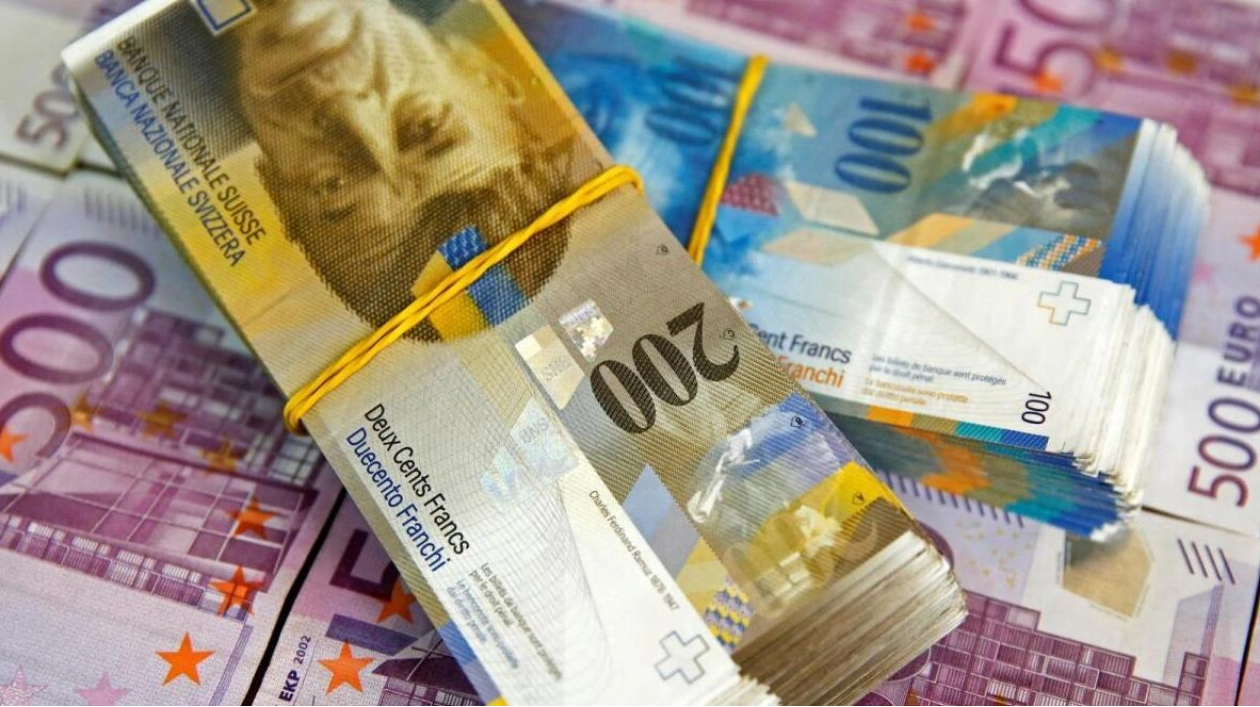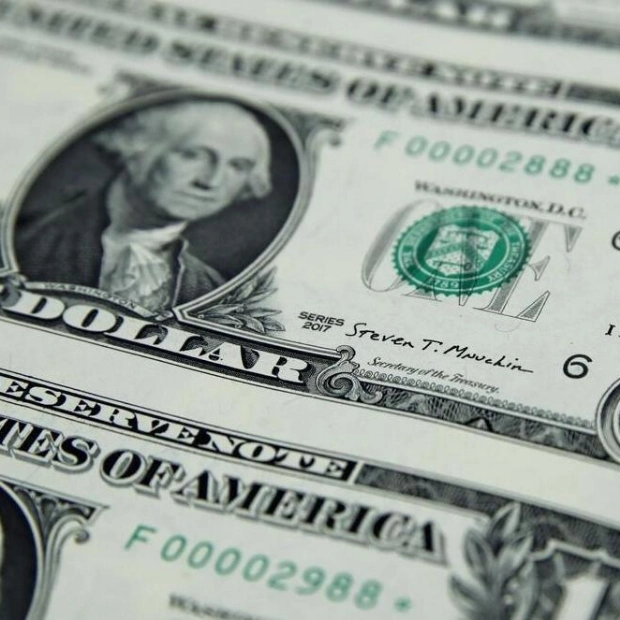As investors shift their focus from the Japanese yen to the Swiss franc for carry trade funding, the potential for the Swiss franc to experience a sudden surge remains high. The Swiss franc has historically been a key component in the carry trade strategy, where traders borrow low-interest currencies and convert them into higher-yielding assets. This strategy has gained renewed interest as the yen's attractiveness has waned. The collapse of yen carry trades in August was triggered by a sharp yen rally following weak US economic data and an unexpected rate hike by the Bank of Japan, which led to global market volatility.
The Swiss National Bank (SNB) initiated an easing cycle earlier this year, setting its key interest rate at 1.25 percent, making it inexpensive for investors to borrow francs for investments elsewhere. In contrast, interest rates in the United States, Britain, and the euro zone are significantly higher. Benjamin Dubois, the global head of overlay management at Edmond de Rothschild Asset Management Suisse, noted, "The Swiss franc is back as a funding currency."
The franc's stability is evident as it approaches its eight-month high against the dollar and its nine-year high against the euro, reflecting its status as a safe-haven currency and expectations of rate cuts in Europe and the US. However, investors are hopeful for a gradual depreciation of the franc to enhance the returns from carry trades. Data from the US Commodity Futures Trading Commission shows that speculators maintain a $3.8 billion short position against the Swiss franc while shifting to a $2 billion long position on the yen.
Analysts often interpret large short positions as indicators of carry trade funding. Kamal Sharma, a senior G10 FX strategist at Bank of America, stated, "There is more two-way risk now in the yen than there has been for quite some time. The Swiss franc looks the more logical funding currency of choice." Bank of America recommends buying sterling against the franc, citing the significant interest rate gap between Switzerland and Britain, a view echoed by Goldman Sachs.
The SNB is expected to continue cutting rates as inflation decreases, which would reduce borrowing costs for the franc and potentially depress its value, making it cheaper for borrowers to repay. Central bankers seem cautious about further strengthening the currency, partly due to its impact on exporters. Both Bank of America and Goldman Sachs believe the SNB intervened to weaken the franc in August. Goldman's G10 currency strategist Michael Cahill commented, "The SNB will likely guard against currency appreciation through intervention or rate cuts as required."
However, the Swiss franc, or "Swissie," as it is known in the markets, can be unpredictable. Investors often flock to the franc during times of uncertainty due to its reputation as a safe haven. Cahill suggests that the franc is most effective as a funding currency during periods of investor optimism. Sudden rallies in the funding currency can erode gains and force investors to quickly unwind their positions, as seen in the yen's case. High volatility or a decline in the higher-yielding currency can have similar consequences.
The SNB and Swiss regulator Finma did not comment on the impact of carry trades on the Swiss currency when approached by Reuters. In early August, as stock markets fell, the Swiss franc surged by up to 3.5 percent in two days. The franc-dollar pair is sensitive to US economic data, often rallying on weak data that lowers US Treasury yields. Michael Puempel, an FX strategist at Deutsche Bank, warned, "Any carry trade is inherently risky and this is particularly true for those funded with safe-haven currencies. The main risk is that when yields move lower in a risk-off environment, yield differentials compress and the Swiss franc can rally."
An indicator of expected Swiss franc volatility, based on options prices, is currently at its highest since March 2023. Nathan Vurgest, head of trading at Record Currency Management, observed, "Considering the central banks, you can see how there may be more sentiment for some carry players to prefer the franc over the yen. The ultimate success of this carry trade might still be dependent on how quickly it can be closed in a risk-off scenario," referring to times when investors reduce their riskier trades to protect their capital.






